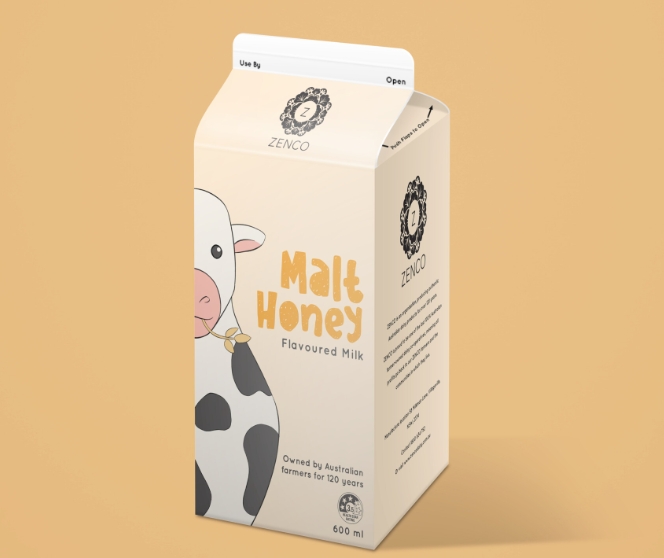The Art of Milk Box Design: Packaging that Speaks Volumes
In a world where first impressions matter, the design of milk boxes plays a crucial role in attracting consumers and encouraging purchases. With the rise of eco-consciousness and innovative marketing, milk packaging has evolved beyond mere functionality to become a canvas for creativity and sustainability. In this blog post, we’ll explore the key aspects of milk box design and why it matters for both brands and consumers.
Innovative Materials: Beyond the Traditional
Milk packaging has traditionally been dominated by cartons and plastic jugs, but recent trends show a shift toward more sustainable materials. Innovative designs utilize biodegradable plastics and recycled fibers, which can significantly reduce environmental impact. Some brands are even exploring plant-based materials that not only offer durability but also resonate with eco-conscious consumers. As shoppers become increasingly aware of their carbon footprint, milk brands that prioritize sustainable materials in their packaging are likely to stand out on the shelf.
A Visual Story: Color, Branding, and Imagery
The visual appeal of a milk box is pivotal in capturing the attention of potential buyers. Color plays a significant role in conveying brand identity; for instance, pale blues and soft greens often suggest freshness and health. Moreover, imagery and branding elements should align with the values of the target audience—organic farms might lean toward rustic designs while urban brands may opt for modern aesthetics. Engaging designs can tell a story, inviting consumers to connect emotionally with the product. A well-designed milk box not only makes a statement but also reinforces brand loyalty.
Functional Design: User Experience Matters
Beyond aesthetics, functionality is a key factor in milk box design. A container must be easy to open, pour, and reseal to enhance user experience. Design features like easy-pour spouts and secure caps make a significant difference, especially for families or those on-the-go. Moreover, thoughtful designs can improve shelf stability and reduce waste, as containers that are easier to use often lead to less spillage. Balancing functionality with visual appeal is a challenge that, when met successfully, can boost both customer satisfaction and sales.
Conclusion: The Future of Milk Box Design
As consumer preferences evolve, milk box design will continue to play a vital role in the dairy industry. From sustainability to aesthetics and functionality, every element counts. Whether you’re a consumer wanting to make eco-friendly choices or a designer looking to innovate, understanding these aspects of milk packaging can help make informed decisions. Let’s keep an eye on the future of milk box design, as it promises to blend creativity with conscience like never before!

